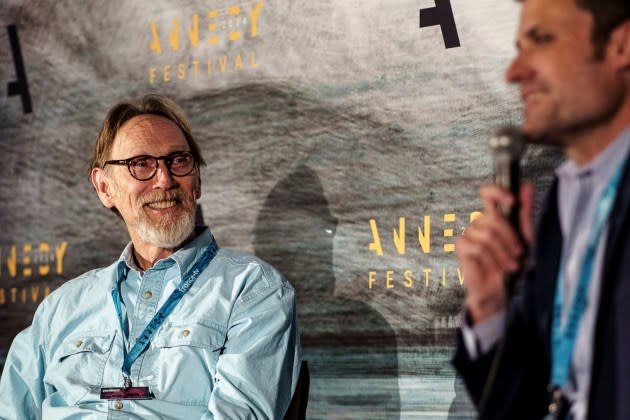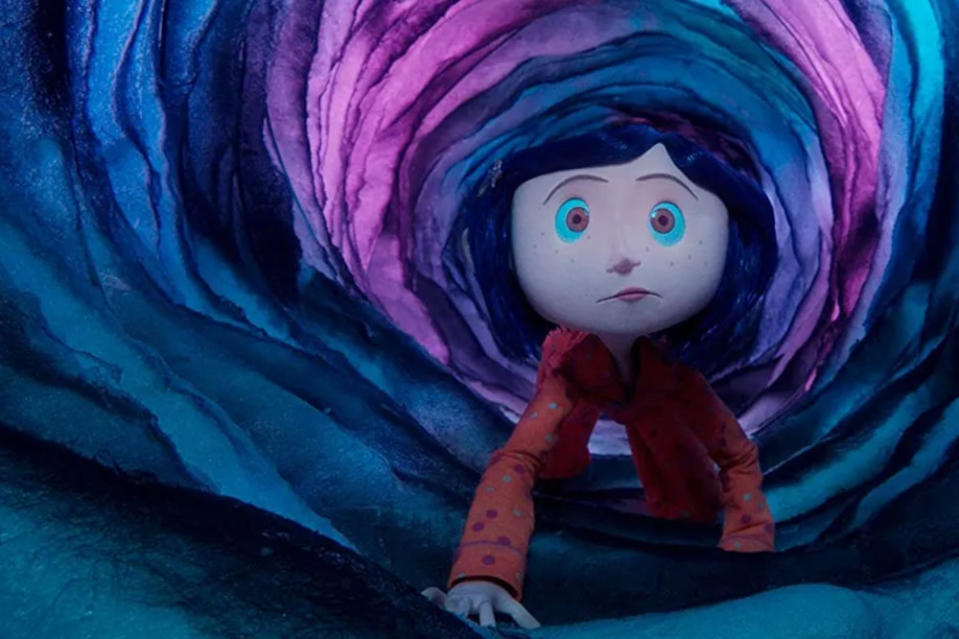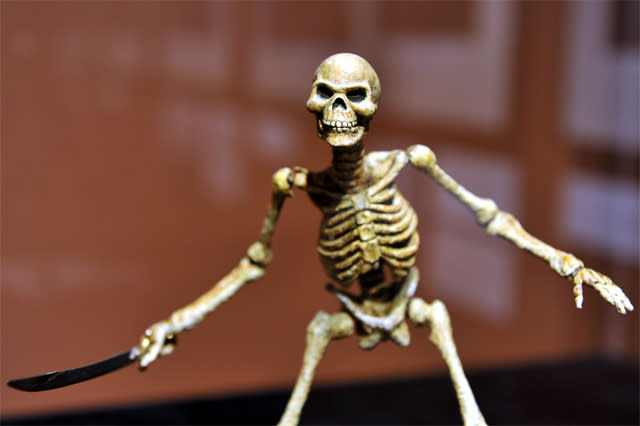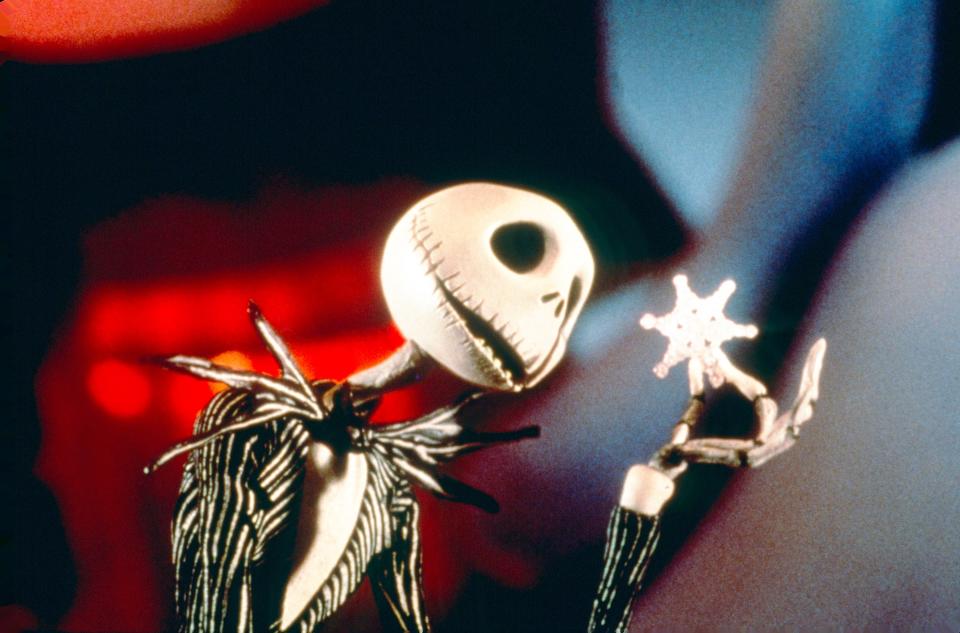Henry Selick Developing ‘The Ocean at the End of the Lane’ With Neil Gaiman, Will Revive ‘The Shadow King’ as Graphic Novel

Stop-motion giant Henry Selick is back circling the Neil Gaiman adaptation “The Ocean at the End of the Lane,” confirming ongoing work with the English author alongside plans to make the project his next feature.
The filmmaker holds Gaiman’s 2013 novel in high esteem – calling the book Gaiman’s crowning achievement – and envisions the film as a companion piece to the duo’s modern classic “Coraline,” describing the development title as “almost a sequel.”
More from Variety
“Instead of a child going to this other world with a monstrous mother, it’s a monstrous mother who comes into our world to wreak havoc on a kid’s life,” he tells Variety.
With a honed 35-page treatment and scores of artwork and concept designs, Selick is now shopping the project around, hinting at interest from “Guillermo del Toro’s Pinocchio” studio ShadowMachine, while praising “Coraline” studio Laika as home to “the best talent and the best resources,” after labeling Laika CEO Travis Knight a “genius” at an Annecy Animation Festival panel on Tuesday.
Selick also hopes to revive his shuttered project “The Shadow King,” revealing plans to initially release his original vision as a graphic novel in order to spur interest and act as a proof-of-concept for an eventual film Selick might offer to another director.

This possible resurrection of “The Shadow King” under another filmmaker’s lens made an Annecy conversation between Selick and Laika’s Brian McLean all the more eventful, as Selick seized the opportunity to screen five minutes of nearly finished footage he completed when producing the ill-fated project at Pixar in 2011.
The first of two sequences featured a bald headed, white suited doppelganger for the Marvel villain Kingpin answer an urgent call while the shadow he casts takes on a malevolent life of its own, while the second sequence updated a clip circulating online with startling technical polish. Both ably imparted the director’s trademark sinister humor, lending the excerpt an additional bittersweet tinge.
Of course, attendees were not there to ask “what if” but rather to celebrate an animation icon as he retraced his career with gregarious good charm. The journey began with bout of childhood indecision (“I wanted to grow up and be a lion or a horse – I couldn’t decide!”), but soon enough Selick found his true north in the dark of a movie theater, hypnotized by the stop-motion sequences of Ray Harryhausen.
“Those cyclops and dragons and skeletons took a hold of me,” he said. “[Because] I knew they were absolutely real, but didn’t know in what universe they’d be brought to life or how that worked.”

He’d figure out the technical bits in due time, studying animation first at the University of Syracuse and later at CalArts, where he went nuts for Eastern European puppetry and experimental films from Canada’s National Film Board, while fellow students Brad Bird, John Musker, and John Lasseter (“huggy bear himself,” in Selick’s words) focused on more Disney-oriented character designs.
“I also ended up working at Disney, but it wasn’t the initial impulse,” he laughed. “That’s been the story of my life — bringing more experimental ideas into more traditional stories.”
After a more avant-garde start – including a 1977 student film that saw a figure transform into both a lion and a horse – Selick took a job at the Mouse House, where he became fast friends with fellow animator Tim Burton, before starting his own stop-motion studio to deliver interstitials and ads. Working on MTV title bumpers gave the animator a better training than even school could provide, as the work offered unmitigated freedom, allowing the filmmaking to mix and match stop-motion, live-action, pixilation and 2D animation to his heart’s delight – provided each 15 second clip ended on the MTV logo.
The bumpers were all the more fascinating for the artist they’d reveal, presaging techniques and visual motifs Selick would mine throughout his film career. “You often circle back to things, and you want to reinvent them,” he added.
Reflecting on his stop-motion filmography, Selick traced an ironic trend, releasing “The Nightmare Before Christmas” the same year that “Jurassic Park” kick-started the move away from practical VFX and then “James and the Giant Peach” the year after “Toy Story” made ones and zeroes the animation industry standard.
Only Selick thinks he’s playing a longer game.
“[CG] did kill us, but then, we were resurrected many times,” he said. “[Stop-motion] is based on the first trick photography and the original movie magic. [The format] can’t grow old, because it’s already old, but that doesn’t mean it’s musty and should be locked away in the attic. That just means it’s connected to something deeper and more historic.”
“Our films have always had a smaller market,” he added. “But they last longer, and will have a much longer life… The best stop motion films aren’t just of this moment. They’re for all time.”

Best of Variety
Sign up for Variety’s Newsletter. For the latest news, follow us on Facebook, Twitter, and Instagram.


